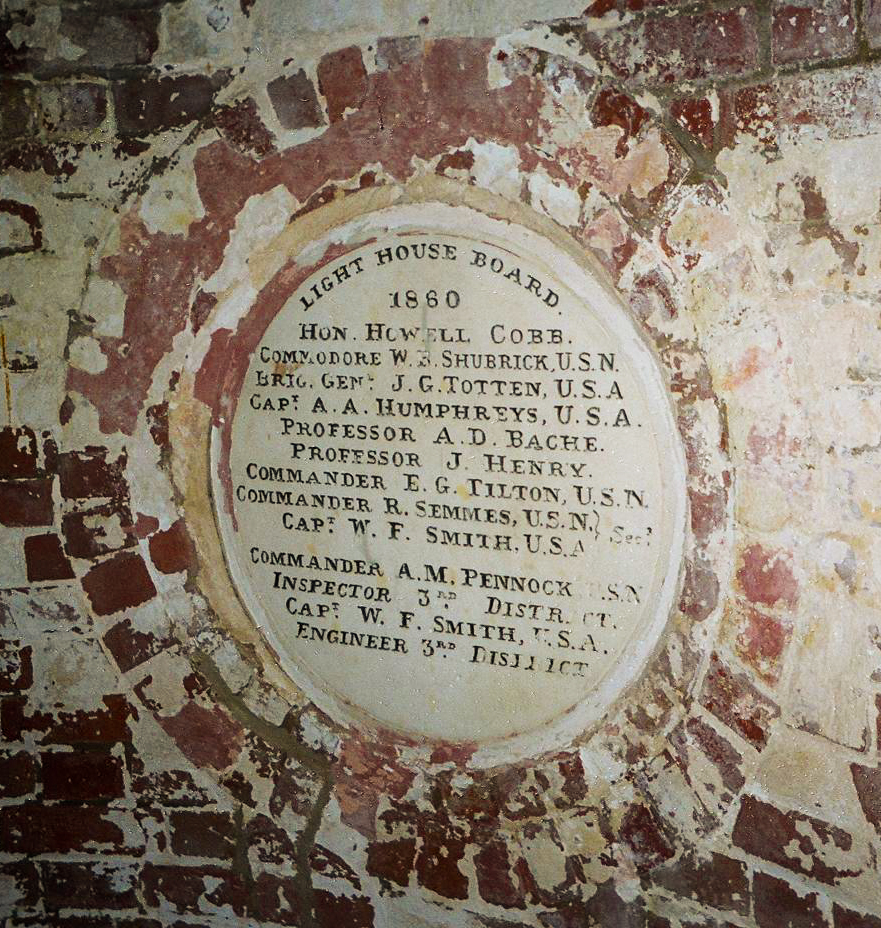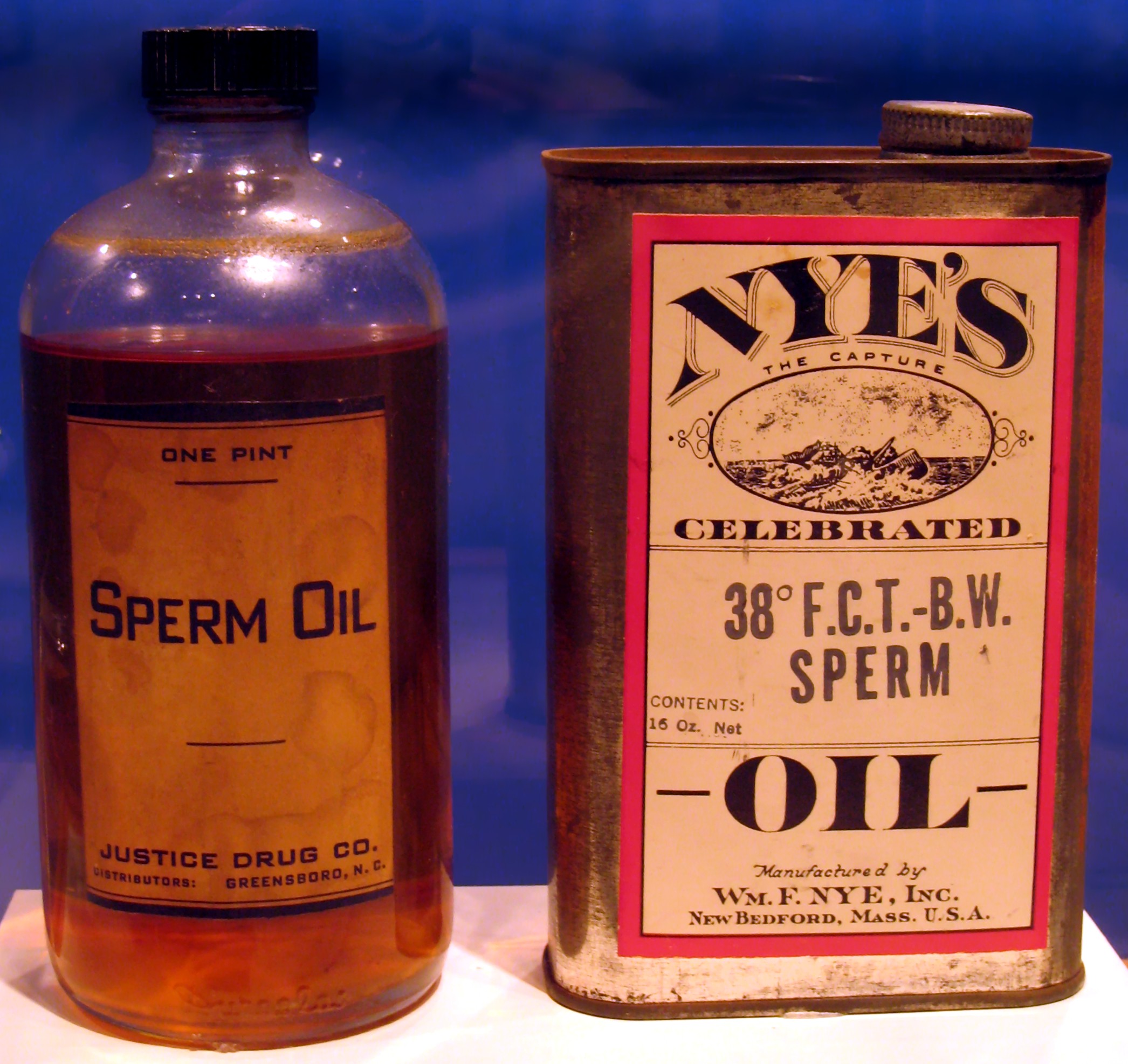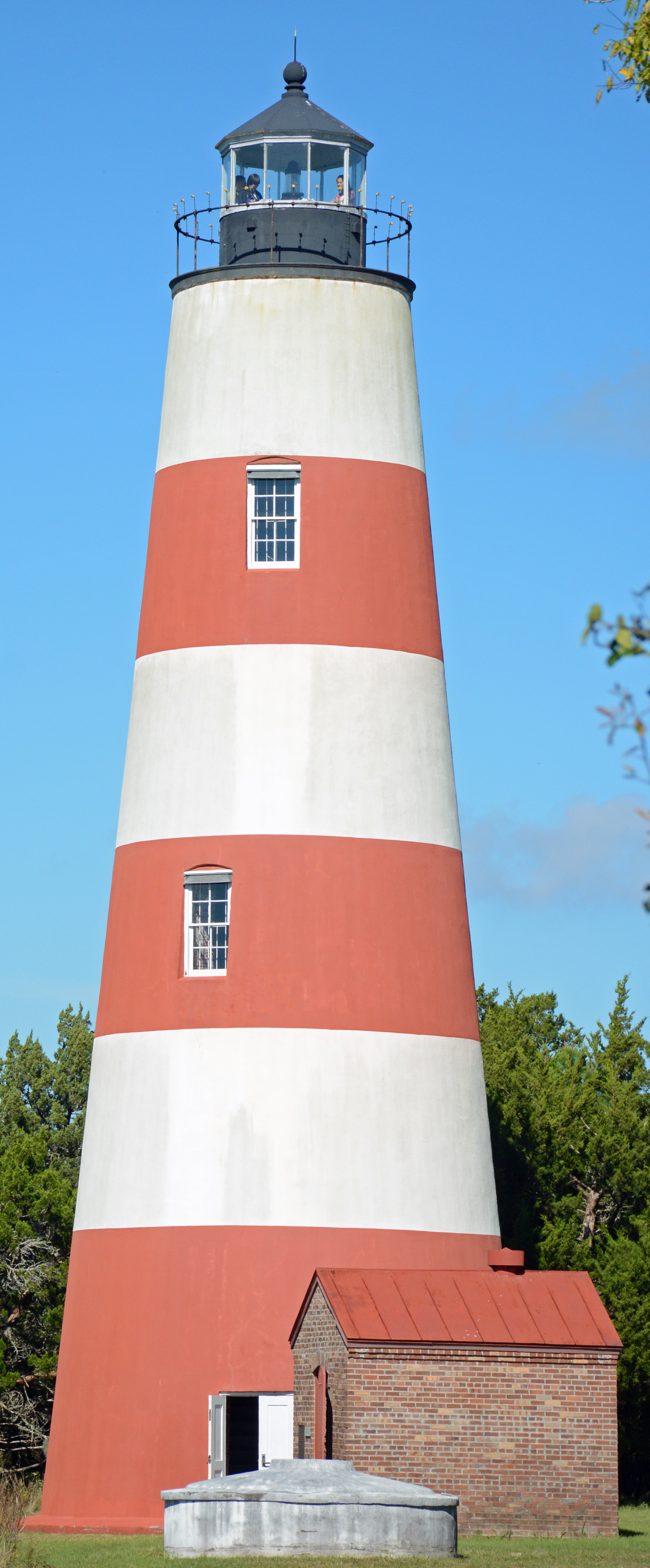|
Stephen Pleasonton
Stephen Pleasonton (1776? – January 31, 1855) was the first "Fifth Auditor" of the U.S. Treasury Department; he is historically significant for his part in saving priceless early government documents from possible destruction, but is chiefly remembered today for his singularly bureaucratic work in overseeing the Treasury Department's Lighthouse Establishment during most of its existence. He was also the father of Union Civil War Generals Alfred Pleasonton and Augustus Pleasonton. Early career Little information has survived regarding Pleasonton's early life and career. He is known to have begun work as a clerk with the State Department. He moved to Washington, D.C. in 1800 along with the government, and he was still there in 1814 when he saved the Declaration of Independence and other papers from being burned by British forces. In 1817, President James Monroe named Pleasonton to the new position of 'Fifth Auditor' in the Treasury Department, which he would hold until his de ... [...More Info...] [...Related Items...] OR: [Wikipedia] [Google] [Baidu] |
Leesburg, Virginia
Leesburg is a town in the state of Virginia, and the county seat of Loudoun County. Settlement in the area began around 1740, which is named for the Lee family, early leaders of the town and ancestors of Robert E. Lee. Located in the far northeast of the state, in the War of 1812 it was a refuge for important federal documents evacuated from Washington, DC, and in the Civil War, it changed hands several times. Leesburg is west-northwest of Washington, D.C., along the base of Catoctin Mountain and close to the Potomac River. The town is the northwestern terminus of the Dulles Greenway, a private toll road that connects to the Dulles Toll Road at Washington Dulles International Airport. Its population was 48,250 as of the 2020 Census and an estimated 48,908 in 2021. It is Virginia's largest incorporated town within a county (rather than being an independent city). Leesburg, like much of Loudoun County, has undergone considerable growth and development over the last 30 years, ... [...More Info...] [...Related Items...] OR: [Wikipedia] [Google] [Baidu] |
Congressional Cemetery
The Congressional Cemetery, officially Washington Parish Burial Ground, is a historic and active cemetery located at 1801 E Street, SE, in Washington, D.C., on the west bank of the Anacostia River. It is the only American "cemetery of national memory" founded before the Civil War.National Historic Landmark Nomination, p. 4 Over 65,000 individuals are buried or memorialized at the cemetery, including many who helped form the nation and the city of Washington in the early 19th century. Although the Episcopal Christ Church, Washington Parish owns the cemetery, the U.S. government has purchased 806 burial plots, which are administered by the Department of Veterans Affairs. Congress, located about a mile and a half (2.4 km) to the northwest, has greatly influenced the history of the cemetery. The cemetery still sells plots, and is an active burial ground. From the Washington Metro, the cemetery lies three blocks east of the Potomac Avenue station and two blocks south of the ... [...More Info...] [...Related Items...] OR: [Wikipedia] [Google] [Baidu] |
United States Lighthouse Board
The United States Lighthouse Board was the second agency of the U.S. federal government, under the Department of Treasury, responsible for the construction and maintenance of all lighthouses and navigation aids in the United States, between 1852 and 1910. The new agency was created following complaints of the shipping industry of the previous administration of lighthouses under the Treasury's Lighthouse Establishment, which had had jurisdiction since 1791, and since 1820, been under the control of Stephen Pleasonton. The quasi-military board first met on April 28, 1851, and with its establishment, the administration of lighthouses and other aids to navigation would take their largest leap toward modernization since the inception of federal government control.Amy K. Marshall "Frequently Close to the Point of Peril: A History of Buoys and Tenders in U.S. Coastal Waters, 1789–1939'", A Master's Thesis In 1910, the Lighthouse Board was disestablished in favor of a more civilian L ... [...More Info...] [...Related Items...] OR: [Wikipedia] [Google] [Baidu] |
Fresnel Lens
A Fresnel lens ( ; ; or ) is a type of composite compact lens developed by the French physicist Augustin-Jean Fresnel (1788–1827) for use in lighthouses. It has been called "the invention that saved a million ships." The design allows the construction of lenses of large aperture and short focal length without the mass and volume of material that would be required by a lens of conventional design. A Fresnel lens can be made much thinner than a comparable conventional lens, in some cases taking the form of a flat sheet. The simpler dioptric (purely refractive) form of the lens was first proposed by Count Buffon and independently reinvented by Fresnel. The '' catadioptric'' form of the lens, entirely invented by Fresnel, has outer elements that use total internal reflection as well as refraction; it can capture more oblique light from a light source and add it to the beam of a lighthouse, making the light visible from greater distances. Description The Fresnel lens redu ... [...More Info...] [...Related Items...] OR: [Wikipedia] [Google] [Baidu] |
Augustin Fresnel
Augustin-Jean Fresnel (10 May 1788 – 14 July 1827) was a French civil engineer and physicist whose research in optics led to the almost unanimous acceptance of the wave theory of light, excluding any remnant of Newton's corpuscular theory, from the late 1830s until the end of the 19th century. He is perhaps better known for inventing the catadioptric (reflective/refractive) Fresnel lens and for pioneering the use of "stepped" lenses to extend the visibility of lighthouses, saving countless lives at sea. The simpler dioptric (purely refractive) stepped lens, first proposed by Count Buffon and independently reinvented by Fresnel, is used in screen magnifiers and in condenser lenses for overhead projectors. By expressing Huygens's principle of secondary waves and Young's principle of interference in quantitative terms, and supposing that simple colors consist of sinusoidal waves, Fresnel gave the first satisfactory explanation of diffraction by straight edges, incl ... [...More Info...] [...Related Items...] OR: [Wikipedia] [Google] [Baidu] |
American Coast Pilot
American(s) may refer to: * American, something of, from, or related to the United States of America, commonly known as the "United States" or "America" ** Americans, citizens and nationals of the United States of America ** American ancestry, people who self-identify their ancestry as "American" ** American English, the set of varieties of the English language native to the United States ** Native Americans in the United States, indigenous peoples of the United States * American, something of, from, or related to the Americas, also known as "America" ** Indigenous peoples of the Americas * American (word), for analysis and history of the meanings in various contexts Organizations * American Airlines, U.S.-based airline headquartered in Fort Worth, Texas * American Athletic Conference, an American college athletic conference * American Recordings (record label), a record label previously known as Def American * American University, in Washington, D.C. Sports teams Soccer * ... [...More Info...] [...Related Items...] OR: [Wikipedia] [Google] [Baidu] |
Sperm Oil
Sperm oil is a waxy liquid obtained from sperm whales. It is a clear, yellowish liquid with a very faint odor. Sperm oil has a different composition from common whale oil, obtained from rendered blubber. Although it is traditionally called an "oil", it is technically a liquid wax. It is composed of wax esters with a small proportion of triglycerides, an ester of an unsaturated fatty acid, and a branched-chain fatty alcohol. ransmission Digest, Volume 26, No. 2, October 2006, "The Science of Synthetic Sperm Whale Oil"/ref> It is a natural antioxidant and heat-transfer agent. In the late-18th and early-19th centuries, sperm oil was prized as an illuminant for its bright, odorless flame and as a lubricant for its low viscosity and stability. It was supplanted in the late 19th century by less expensive alternatives such as kerosene and petroleum-based lubricants. With the 1987 international ban on whaling, sperm oil is no longer legally sold. The oil from bottlenose whales was s ... [...More Info...] [...Related Items...] OR: [Wikipedia] [Google] [Baidu] |
Winslow Lewis
Winslow Lewis ( Nathaniel Winslow Lewis; 11 May 1770 – 20 May 1850) was a sea captain, engineer, inventor and contractor active in the construction of many American lighthouses during the first half of the nineteenth century. Life and career A resident of Wellfleet, Massachusetts, Lewis began developing his ideas during the embargo of American shipping during the Napoleonic wars. He created a new lighting system based on Argand lamps; in 1812 the United States Congress purchased his patent rights for the system. In so doing, it awarded him a contract to equip all American lighthouses with the lamps; the fitting took four years. In 1815 Lewis won another contract with Samuel H. Smith, Commissioner of Revenue, which gave him a monopoly over the provision of winter pressed Spermaceti oil for lighthouses throughout the eastern seaboard.Amy K. Marshall,"Frequently Close to the Point of Peril: A History of Buoys and Tenders in U.S. Coastal Waters, 1789-1939.'" A Master's Thesis ... [...More Info...] [...Related Items...] OR: [Wikipedia] [Google] [Baidu] |
North Carolina
North Carolina () is a state in the Southeastern region of the United States. The state is the 28th largest and 9th-most populous of the United States. It is bordered by Virginia to the north, the Atlantic Ocean to the east, Georgia and South Carolina to the south, and Tennessee to the west. In the 2020 census, the state had a population of 10,439,388. Raleigh is the state's capital and Charlotte is its largest city. The Charlotte metropolitan area, with a population of 2,595,027 in 2020, is the most-populous metropolitan area in North Carolina, the 21st-most populous in the United States, and the largest banking center in the nation after New York City. The Raleigh-Durham-Cary combined statistical area is the second-largest metropolitan area in the state and 32nd-most populous in the United States, with a population of 2,043,867 in 2020, and is home to the largest research park in the United States, Research Triangle Park. The earliest evidence of human occupation i ... [...More Info...] [...Related Items...] OR: [Wikipedia] [Google] [Baidu] |
Diamond Shoals Lightship
Diamond Shoal Light is an inactive offshore lighthouse marking Diamond Shoals off Cape Hatteras. History Diamond Shoals, which extend many miles out from Cape Hatteras, is considered to be one of the most dangerous spots on the Atlantic seaboard. While a light was exhibited from the cape itself from 1804, its range was insufficient, and a lightship was stationed on the shoal itself in 1824. It was driven off station numerous times, eventually being wrecked near Ocracoke Inlet in 1827. Various buoys were placed beginning in 1852, but all were short-lived. In 1889 Congress authorized construction of a permanent lighthouse on the shoal, at a cost not to exceed $500,000. The firm of Anderson & Barr, which had constructed the Fourteen Foot Bank Light in Delaware Bay in 1885-1887, was awarded the contract. A caisson was constructed in Norfolk, Virginia and towed to the site in June 1891. It was sunk into the shoal on July 1 and immediately began to tilt due to the sandy bottom an ... [...More Info...] [...Related Items...] OR: [Wikipedia] [Google] [Baidu] |








